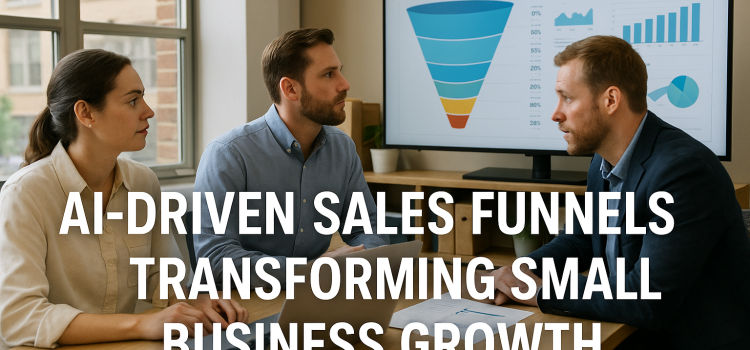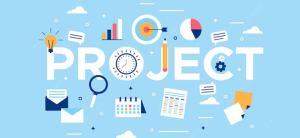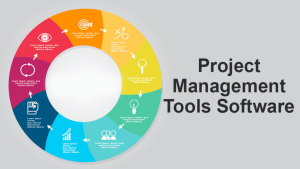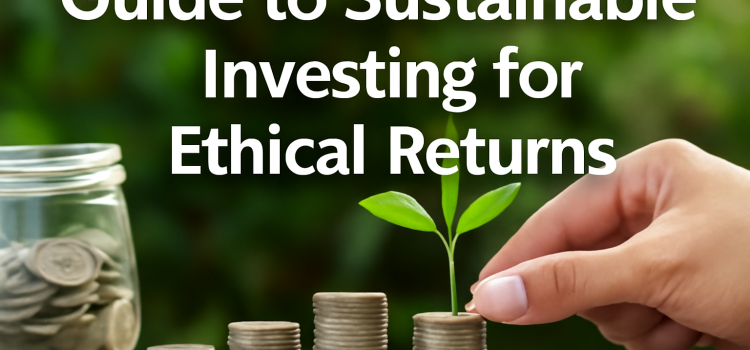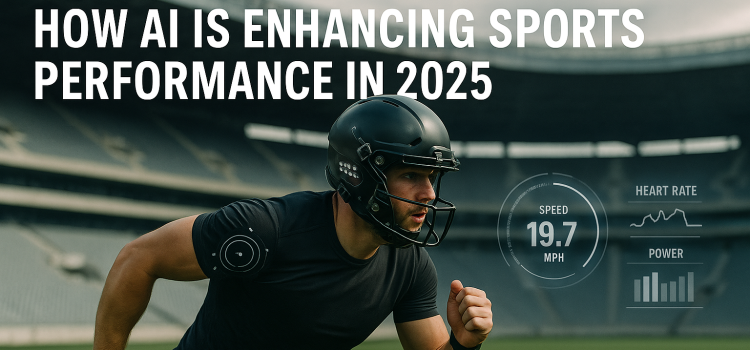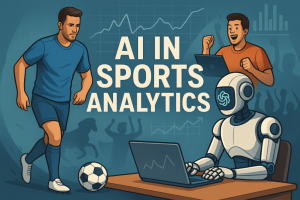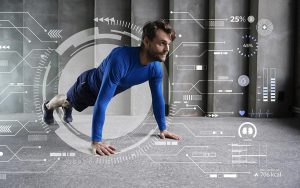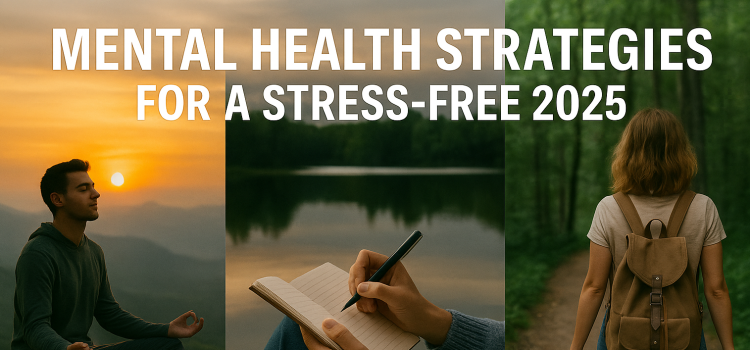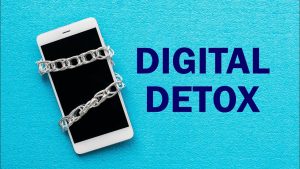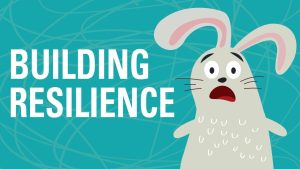
Introduction
Summer 2025 brings a flood of new streaming series and films across all major platforms. Whether you love high-stakes dramas, laugh-out-loud comedies, spooky thrillers, or heartfelt family adventures, there’s something for every mood. Streaming services have ramped up their summer slates to keep viewers glued to screens instead of battling the heat outdoors. This guide highlights the top series and films you should binge this season. We cover release dates, platforms, genres, and quick tips on where to start. Grab your remote, dim the lights, and get ready for a season packed with fresh stories, returning favorites, and exclusive specials. Let’s dive into the ultimate summer 2025 streaming lineup.
Top Streaming Series to Binge This Summer

The Bear – Season 4 (FX on Hulu)
Returning June 25, 2025, The Bear follows prodigy chef Carmy Berzatto as he continues running the family sandwich shop in Chicago. Season 4 promises more intense kitchen drama, sharp dialogue, and the show’s signature blend of humor and heart. If you haven’t watched previous seasons, start with Season 1 to see Carmy’s rise and the struggles of small-business life. New episodes drop weekly, so plan midweek viewing parties to discuss twists with friends.
Squid Game – Season 2 (Netflix)
After the global success of Season 1, Squid Game returns June 27, 2025, with Lee Jung-jae back in the deadly arena. Expect new games, fresh contestants, and deeper dives into the organizers’ motives. This Korean thriller blends social commentary with edge-of-your-seat action. Watch episodes in one sitting or space them out to savor the suspense. Turn on subtitles for the full effect; the Korean performances carry much of the show’s power.
Wednesday – Season 2 (Netflix)
Goth girl Wednesday Addams is back August 6, 2025, tackling new mysteries at Nevermore Academy. Tim Burton–style visuals, a darkly comedic tone, and Jenna Ortega’s standout performance make Wednesday a binge-worthy treat. The show mixes detective plots with teenage drama. Rewatch Season 1 highlights before diving in, and look out for expanded roles for Enid and the Coven of Witches.
The Gilded Age – Season 3 (HBO Max)
Set in 1880s New York, The Gilded Age returns June 22, 2025, exploring high society and the clash of old money versus new. Lavish sets, sharp costumes, and layered characters make this drama irresistible. Family feuds and social ambitions drive each episode. Watch weekly to enjoy the costume details and discuss theories about the steel-magnate siblings.
Ironheart (Disney+)
Ironheart premieres June 24, 2025, on Disney+. Dominique Thorne stars as Riri Williams, a genius MIT student who crafts her own Iron Man-style suit. The six-episode miniseries explores themes of technology, magic, and legacy in the Marvel universe. With directors Sam Bailey and Angela Barnes at the helm, expect action, heart, and ties to Wakanda. Drop the first three episodes at launch, then stream weekly.
Dept. Q (Netflix)
Netflix adapts Jussi Adler-Olsen’s crime novels in Dept. Q, launching July 2025. Detective Carl Mørck and his assistant Assad tackle cold cases with wit and grit. Dark humor and twisty plots keep you guessing. Start with the first book’s story, “The Keeper of Lost Causes,” to follow characters’ journeys. Binge the season for a satisfying mix of suspense and character growth.
Smoke (Apple TV+)
Smoke debuts summer 2025 on Apple TV+. This crime drama follows a team of undercover detectives infiltrating a city’s most dangerous gang. Gritty visuals and complex moral choices drive the narrative. If you enjoy shows like Narcos or Top Boy, Smoke’s focus on loyalty and survival will hook you. Episodes release weekly, perfect for weekend binges.
Chief of War (Apple TV+)
Chief of War arrives August 1, 2025, starring Jason Momoa. This historical epic follows the conflict between the U.S. army and Hawaiian king Kamehameha I in the 19th century. With Momoa’s commanding performance and lush island cinematography, Chief of War transports you to a pivotal era. Watch weekly to let each battle and political maneuver land.
Love Island USA – Season 7 (Peacock)
Reality TV fans can indulge in summer romance with Love Island USA on Peacock starting June 3, 2025. Singles pair up, compete in games, and face public votes. The format delivers drama, tears, and surprise twists. Stream daily highlights to stay current, or binge the “Re-Coupled” special each weekend.
The Ultimatum: Queer Love – Season 2 (Netflix)
For reality fans, The Ultimatum: Queer Love returns June 25, 2025. Couples explore alternative partners before deciding to commit or split. Emotional confessions and relationship tests make this show compelling. Watch with a friend or partner to discuss the complex dynamics and life lessons.
Washington Black (Hulu)
Washington Black premieres July 2025 on Hulu. Based on Esi Edugyan’s novel, the series follows enslaved boy George Washington Black’s escape and journey across the globe. Cinematic visuals and powerful storytelling make this limited series unforgettable. Space episodes out to reflect on each stage of George’s adventure.
Amanda Knox (Hulu)
True-crime buffs will binge Amanda Knox in August 2025 on Hulu. This docuseries examines the real-life case of Amanda Knox, exploring media frenzy and legal twists. Interviews, archival footage, and expert analysis deliver a nuanced look. Watch in one sitting to maintain context and emotional impact.
Dexter: Resurrection (Paramount+)
Dexter fans reunite July 11, 2025, on Paramount+. Michael C. Hall reprises his role as Dexter Morgan, the forensic analyst with a dark side. Resurrection follows Dexter’s new life as a family man while facing a mysterious killer syndicate. The first two episodes drop on premiere, with weekly releases after. Prepare for twists that revisit Dexter’s moral code.
Top Streaming Films to Binge This Summer

Happy Gilmore 2 (Netflix)
The cult classic returns with Adam Sandler on Netflix this summer. Happy Gilmore 2 brings back the hockey-player-turned-golfer for more on-course antics. New rivals, nostalgic cameos, and fresh gags make this sequel a feel-good romp. Perfect for light-hearted weekend viewing with snacks.
The Old Guard 2 (Netflix)
Superheroes face new threats in The Old Guard 2, releasing summer 2025 on Netflix. Led by Charlize Theron, the immortal warriors team up with Henry Golding’s character for a high-stakes mission. Action-packed sequences and emotional stakes drive the sequel. Watch at night to appreciate the cinematography and stunts.
The Thursday Murder Club (Netflix)
On Netflix this July, The Thursday Murder Club adapts the best-selling novel. Four retirees solve cold cases, blending comedy with mystery. The star-studded cast, including Helen Mirren, offers charm and wit. Binge the film in one session for a cozy mystery vibe.
Fear Street: Prom Queen (Netflix)
Get spooked with Fear Street: Prom Queen, the latest installment in the horror anthology. High school setting and supernatural chills make this film summer’s horror pick. Watch with the lights low and friends nearby for maximum thrills.
Magic Mermaid Adventures (Theatrical/Paramount+)
Celebrate Dora’s 25th anniversary with Magic Mermaid Adventures in theaters and on Paramount. This animated feature explores underwater worlds with Dora. Bright colors and catchy songs make it a delightful watch for kids and the young at heart.
Table: Must-Watch Summer 2025 Streaming Picks
| Title | Type | Platform | Release Date | Genre |
|---|---|---|---|---|
| The Bear – Season 4 | Series | FX on Hulu | June 25, 2025 | Drama/Comedy |
| Squid Game – Season 2 | Series | Netflix | June 27, 2025 | Thriller |
| Wednesday – Season 2 | Series | Netflix | August 6, 2025 | Mystery/Comedy |
| The Gilded Age – Season 3 | Series | HBO Max | June 22, 2025 | Historical Drama |
| Ironheart | Series | Disney+ | June 24, 2025 | Superhero |
| Dept. Q | Series | Netflix | July 2025 | Crime Drama |
| Smoke | Series | Apple TV+ | Summer 2025 | Crime Drama |
| Chief of War | Series | Apple TV+ | August 1, 2025 | Historical Epic |
| Love Island USA – Season 7 | Series | Peacock | June 3, 2025 | Reality |
| The Ultimatum: Queer Love S2 | Series | Netflix | June 25, 2025 | Reality |
| Happy Gilmore 2 | Film | Netflix | Summer 2025 | Comedy |
| The Old Guard 2 | Film | Netflix | Summer 2025 | Action/Fantasy |
| The Thursday Murder Club | Film | Netflix | July 2025 | Mystery/Comedy |
| Fear Street: Prom Queen | Film | Netflix | Summer 2025 | Horror |
| Straw | Film | Netflix | Summer 2025 | Thriller |
| Dora and the Search for Sol Dorado | Film | Paramount+ | July 2, 2025 | Family/Adventure |
| Magic Mermaid Adventures | Film | Paramount+ | Summer 2025 | Animation |
Tips for the Ultimate Summer Binge

- Plan a Schedule: Note release dates in your calendar so you don’t miss premieres.
- Theme Nights: Host genre-specific nights—thriller Tuesdays or comedy Saturdays—to keep things fun.
- Snacks and Comfort: Create a viewing kit with popcorn, drinks, and cozy blankets for longer binging sessions.
- Batch Downloads: Download episodes offline on mobile devices to watch on the go without using data.
- Discuss and Share: Join online fan groups or start a watch-party chat to share theories and favorite moments in real time.
Conclusion
Summer 2025’s streaming lineup offers something for everyone. From intense dramas like The Bear and Ironheart to laugh-out-loud comedies such as Happy Gilmore 2, the choices are endless. Reality hits with Love Island USA and The Ultimatum: Queer Love, while family audiences can enjoy Dora’s new adventures. With so many platforms and genres, planning your binge schedule is half the fun. Use our table and tips to create the perfect streaming plan. Get ready to dive into a season of unmissable shows and films that will keep you entertained all summer long.
Call-to-Action
Start your summer binge today—pick a top pick from our list, queue it up on your favorite platform, and let the streaming marathon begin!









